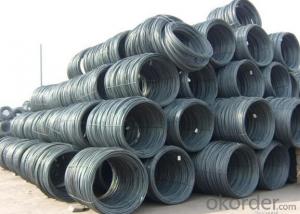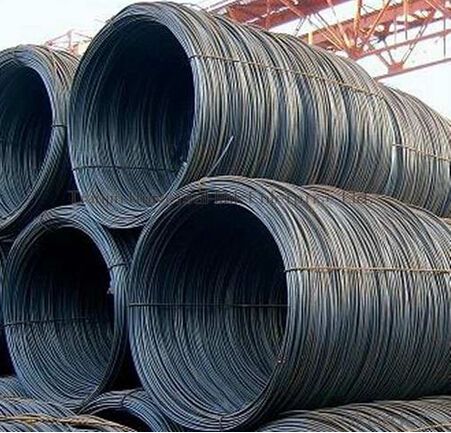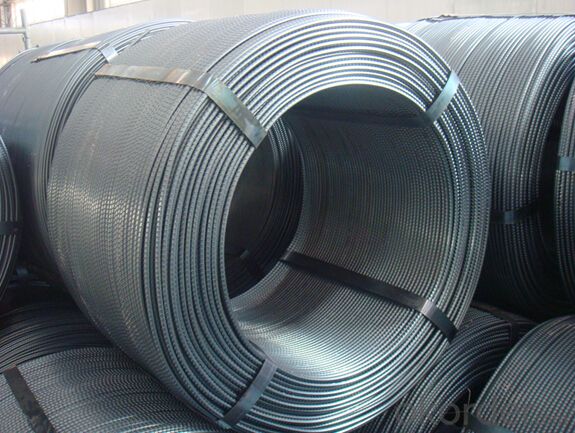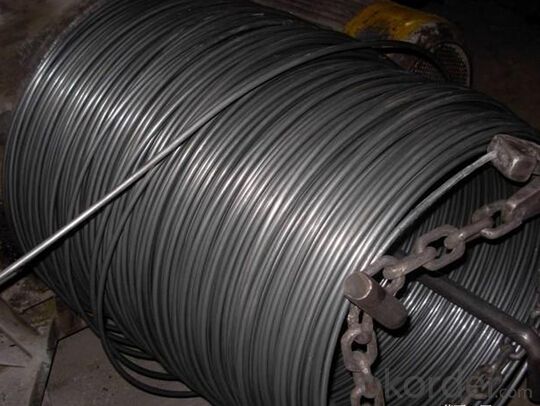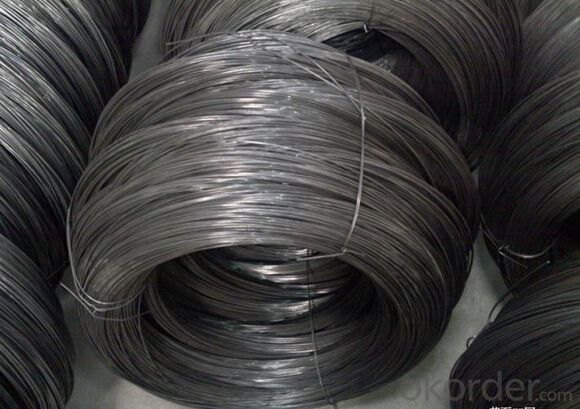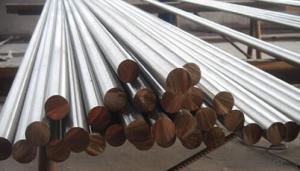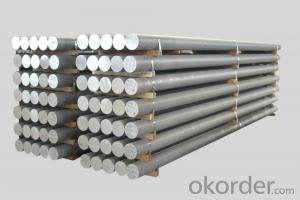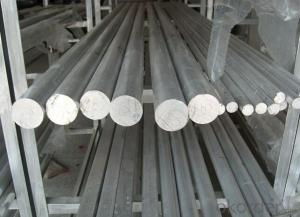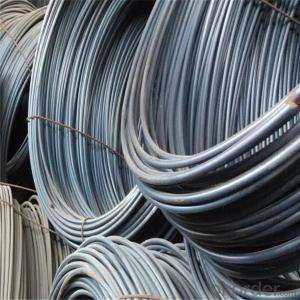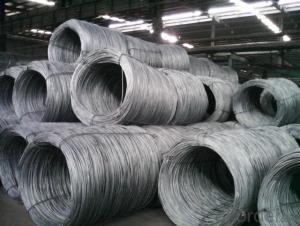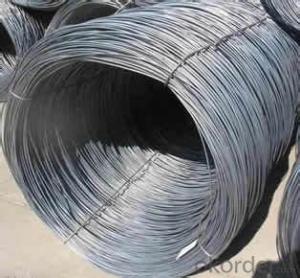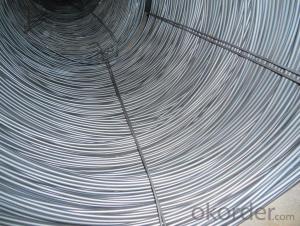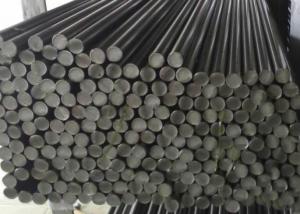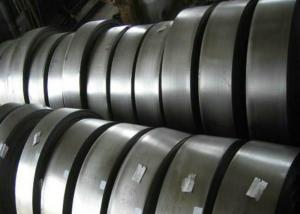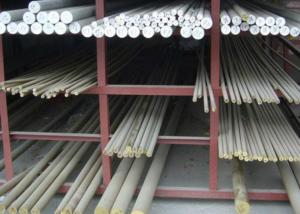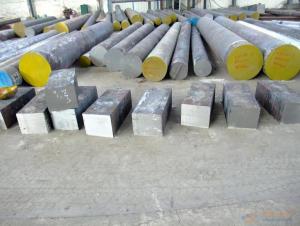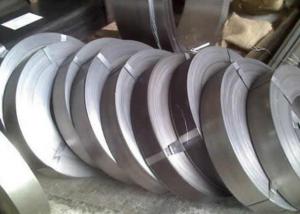5.5mm/6.5mm/8mm/10mm SAE1008/SAE1006/SAE1010 Wire Rod
- Loading Port:
- Tianjin
- Payment Terms:
- TT OR LC
- Min Order Qty:
- 10 m.t.
- Supply Capability:
- 10000 m.t./month
OKorder Service Pledge
OKorder Financial Service
You Might Also Like
Specification
5.5mm/6.5mm/8mm/10mm SAE1008/SAE1006/SAE1010 Wire Rod
Details of the 5.5mm/6.5mm/8mm/10mm SAE1008/SAE1006/SAE1010 Wire Rod
| Steel Grade | Q195-Q235,Q235,SAE 1008-1018 Hot Rolled Steel Wire Rod |
| Diameter | 5.5, 6.5, 7,8, 9,10, 12,14mm.etc. |
| Coil weight | 2m.t. |
| Application | drawing, construction materials, machinery parts,construction for Houses, Bridges, Roads,Packing |
| Deliver Time | 25-30 days after receipt of L/C or deposit by T/T |
| Packing | In coils, loading in container or by bulk vessel |
| Payment terms | 1).100% irrevocable L/C at sight. |
| 2).30% T/T prepaid and the balance against the copy of B/L. | |
| 3).30% T/T prepaid and the balance against L/C |
| Chemical Composition(%) | ||||||
| C | Mn | Si | S | P | Cr | |
| SAE1006B | 0.03~O.07 | ≤0.32 | ≤0.30 | ≤0.045 | ≤0.040 | 0.3-0.35 |
| Mechanical properties | ||||||
| Yield strength(N/mm2) | Tensile strength(N/mm2) | Elongation(%) | ||||
| 250-280 | 350-380 | ≥32 | ||||
| Grade | Chemical Composition(%) | |||||
| C | Mn | Si | S | P | Cr | |
| SAE1008B | 0.10max | 0.3~O.50 | 0.15max | 0.050max | 0.040 max | 0.3-0.35 |
| Mechanical properties | ||||||
| Yield strength(N/mm2) | Tensile strength(N/mm2) | Elongation(%) | ||||
| ≥195 | 315-430 | ≥30 | ||||
Supplier of the 5.5mm/6.5mm/8mm/10mm SAE1008/SAE1006/SAE1010 Wire Rod
CNBM International Corporation is the most import and export platform of CNBM group(China National Building Material Group Corporation) ,which is a state-owned enterprise, ranked in 270th of Fortune Global 500 in 2015.
With its advantages, CNBM International are mainly concentrate on Cement, Glass, Iron and Steel, Ceramics industries and devotes herself for supplying high quality series of refractories as well as technical consultancies and logistics solution.
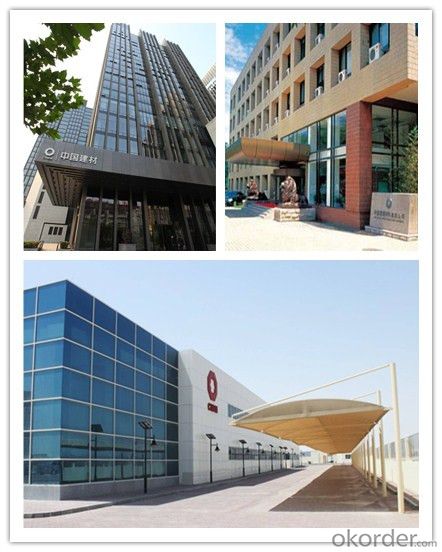

Delivery of the 5.5mm/6.5mm/8mm/10mm SAE1008/SAE1006/SAE1010 Wire Rod
Packaging Detail | Sea worthy packing /as per customer's packing instruction |
Delivery Detail | 15 ~ 40 days after receiving the deposit |
Products Show
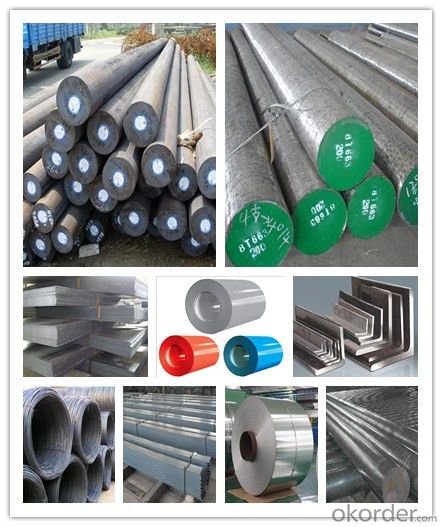
FAQ:
Are you a trading company or manufacturer? | Manufacturer |
What’s the MOQ? | 3 metric ton |
What’s your delivery time? | 15-35 days after downpayment received |
Do you Accept OEM service? | Yes |
what’s your delivery terms? | FOB/CFR/CIF |
What's the Payment Terms? | 30% as deposit,70% before shipment by T/T |
Western Union acceptable for small amount. | |
L/C acceptable for large amount. | |
Scrow ,Paybal,Alipay are also ok | |
Why choose us? | Chose happens because of quality, then price, We can give you both. Additionally, we can also offer professional products inquiry, products knowledge train (for agents), smooth goods delivery, excellent customer solution proposals. |
What's your available port of Shipment? | Main Port, China |
What’s your featured services? | Our service formula: good quality+ good price+ good service=customer's trust
|
Where are your Market? | Covering more than 160 countries in the world |
- Q: What are the different techniques used for joining special steel?
- There are several techniques used for joining special steel, including welding, brazing, soldering, and adhesive bonding. Welding is the most common method, which involves melting the base material and adding a filler material to create a strong bond. Brazing uses a filler metal with a lower melting point than the base material, while soldering uses a lower melting point filler metal. Adhesive bonding involves using a special adhesive to bond the steel parts together. Each technique has its advantages and limitations, and the choice depends on the specific requirements of the application.
- Q: What are the main characteristics of electrical steel?
- Electrical steel, also known as silicon steel or transformer steel, possesses several main characteristics that make it suitable for use in electrical appliances and power equipment. Firstly, electrical steel has a high magnetic permeability, which means it can easily conduct magnetic flux. This property allows it to efficiently transfer electrical energy and reduce energy losses in transformers, motors, and generators. Secondly, electrical steel exhibits low core loss, also known as hysteresis loss and eddy current loss. Hysteresis loss refers to the energy dissipated due to the reversal of magnetic domains within the material, while eddy current loss is caused by circulating currents induced by alternating magnetic fields. The low core loss property of electrical steel enables high energy efficiency and minimizes heat generation in electrical devices. Another important characteristic of electrical steel is its high electrical resistivity. This property reduces the magnitude of eddy currents, further reducing energy losses in electrical equipment. Additionally, electrical steel has a high saturation induction, which refers to its ability to reach maximum magnetic flux density. This characteristic allows transformers and motors to operate at higher magnetic flux densities, resulting in more compact and efficient designs. Furthermore, electrical steel possesses a high mechanical strength, which is crucial for withstanding the stresses and vibrations encountered in electrical devices. It also exhibits good thermal conductivity, enabling efficient heat dissipation and enhancing the overall performance and longevity of electrical equipment. In summary, the main characteristics of electrical steel include high magnetic permeability, low core loss, high electrical resistivity, high saturation induction, high mechanical strength, and good thermal conductivity. These properties make it an ideal material for various electrical applications, providing efficiency, reliability, and performance in power generation, transmission, and utilization.
- Q: What are the requirements for special steel used in battery technology?
- Special steel used in battery technology must meet several requirements to ensure optimal performance and safety. Firstly, high corrosion resistance is crucial as batteries often contain corrosive electrolytes that can degrade the steel over time. Special steel should possess excellent resistance to corrosion, preventing any chemical reactions that could compromise the battery's integrity and lifespan. Secondly, good mechanical strength is essential to withstand the internal pressures and external forces that batteries are subjected to during operation and handling. It must be able to resist deformation and maintain its structural integrity, even under high stress conditions. Thirdly, high thermal conductivity is desirable in special steel used in battery technology. Efficient heat dissipation is crucial for preventing overheating, which can reduce battery performance and potentially lead to safety hazards. Steel with good thermal conductivity allows for effective heat transfer, ensuring that the battery can operate within safe temperature limits. Additionally, the steel should have low electrical resistivity to minimize energy losses due to electrical resistance. This ensures efficient energy transfer within the battery and reduces power dissipation, increasing overall battery efficiency. Furthermore, special steel used in battery technology should be compatible with the other materials used in the battery, such as electrodes, electrolytes, and separators. Compatibility is crucial to prevent any chemical reactions or detrimental interactions that could compromise the battery's performance or lifespan. Finally, environmental sustainability is increasingly important in modern battery technology. Special steel used in batteries should be produced using environmentally friendly methods, with minimized carbon footprint and reduced use of scarce resources. Overall, special steel for battery technology should possess high corrosion resistance, mechanical strength, thermal conductivity, low electrical resistivity, compatibility with other battery materials, and environmental sustainability to ensure optimal performance and safety in batteries.
- Q: What are the different types of precipitation-hardening steel?
- There are several types of precipitation-hardening steel, including 17-4 PH, 15-5 PH, 13-8 PH, and 17-7 PH. These steels are known for their high strength and corrosion resistance, making them suitable for various applications in industries such as aerospace, automotive, and medical.
- Q: What are the advantages of using special steel in aerospace applications?
- The utilization of special steel in aerospace applications brings forth numerous benefits. Firstly, it possesses exceptional mechanical properties and high strength, rendering it suitable for enduring the extreme conditions encountered within the aerospace industry. Its capability to withstand high temperatures, pressures, and vibrations guarantees the safety and reliability of aircraft components. Secondly, special steel offers remarkable resistance to corrosion, a critical characteristic in aerospace applications. As aircraft are exposed to harsh environments, including moisture, atmospheric gases, and various chemicals, the corrosion resistance of special steel prevents degradation and maintains the structural integrity of the aircraft. This, in turn, reduces the frequency of maintenance and repair requirements. Furthermore, special steel exhibits excellent fatigue resistance, enabling it to endure repeated loading cycles without compromising its structural integrity. This characteristic is particularly significant in aerospace applications, where components are subjected to cyclic loading due to takeoffs, landings, and turbulence. By utilizing special steel, the risk of fatigue failure is significantly minimized, ensuring the longevity and safety of the aircraft. Moreover, special steel offers favorable weldability and formability, allowing for the production of intricate and complex aerospace components. This flexibility in manufacturing processes permits customization and optimization of designs, resulting in lightweight yet robust structures. The incorporation of special steel in aerospace applications contributes to overall weight reduction of aircraft, thereby enhancing fuel efficiency and increasing payload capacity. In conclusion, the advantages of employing special steel in aerospace applications encompass its high strength, exceptional mechanical properties, corrosion resistance, fatigue resistance, weldability, and formability. These characteristics make it an ideal material for withstanding the demanding conditions experienced in the aerospace industry, ensuring the safety, reliability, and efficiency of aircraft.
- Q: What are the different surface finishing techniques for special steel?
- Some of the different surface finishing techniques for special steel include electroplating, powder coating, passivation, etching, and polishing.
- Q: How does special steel perform in terms of electrical conductivity?
- Special steel generally has low electrical conductivity compared to other metals such as copper or aluminum. This is due to the high carbon content and other alloying elements present in special steel, which impede the flow of electric current. However, certain types of special steel, such as stainless steel, can exhibit better electrical conductivity when compared to regular carbon steel.
- Q: What are the quality control measures for special steel?
- The quality control measures for special steel typically include thorough inspection and testing of raw materials, monitoring and controlling the manufacturing process, conducting various mechanical and chemical tests, ensuring dimensional accuracy and surface finish, and conducting final inspection and certification to meet specific industry standards. These measures are essential to ensure the desired properties and performance of special steel, as well as to meet customer requirements and ensure product reliability and safety.
- Q: What are the different methods of improving the strength of special steel?
- There are several methods to enhance the strength of special steel, including alloying, heat treatment, and cold working. Alloying involves adding specific elements to the steel composition to enhance its properties, such as chromium for improved corrosion resistance or molybdenum for increased strength. Heat treatment techniques like quenching and tempering can alter the steel's microstructure, making it stronger and more durable. Cold working, which includes processes like rolling or forging, can also increase the strength of special steel by deforming its crystal structure and inducing strain hardening.
- Q: How does special steel contribute to improving product functionality?
- Special steel contributes to improving product functionality in several ways. Firstly, special steel offers enhanced strength and durability, allowing products to withstand higher loads and perform under extreme conditions. It also provides superior resistance to corrosion, which extends the lifespan of products and reduces maintenance costs. Additionally, special steel can be tailored to specific applications, such as high-temperature environments or magnetic properties, further enhancing product functionality. Overall, the use of special steel results in more reliable and efficient products, ultimately benefiting consumers and industries alike.
Send your message to us
5.5mm/6.5mm/8mm/10mm SAE1008/SAE1006/SAE1010 Wire Rod
- Loading Port:
- Tianjin
- Payment Terms:
- TT OR LC
- Min Order Qty:
- 10 m.t.
- Supply Capability:
- 10000 m.t./month
OKorder Service Pledge
OKorder Financial Service
Similar products
Hot products
Hot Searches
Related keywords
